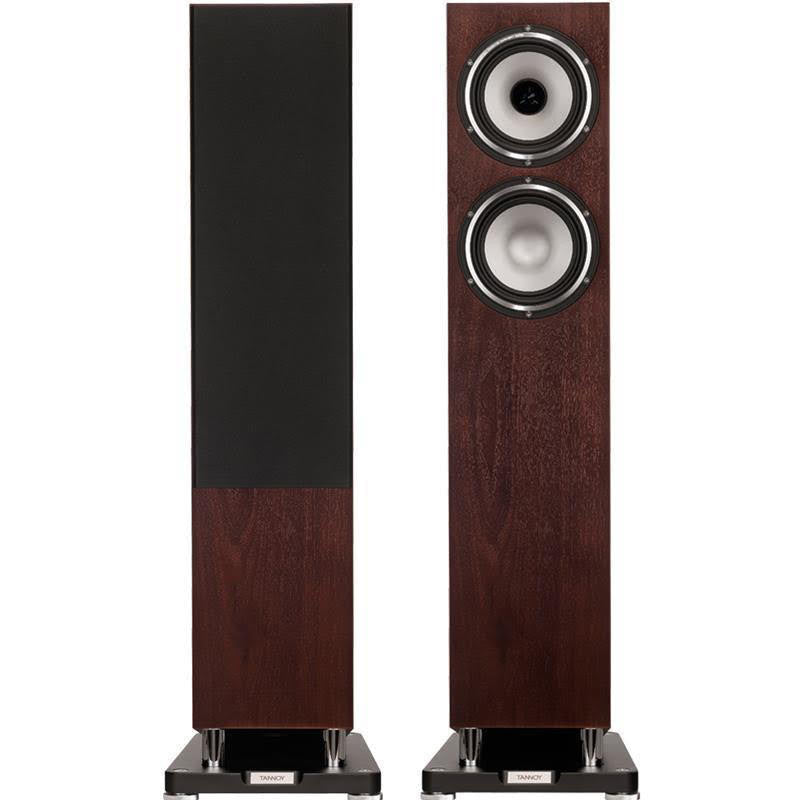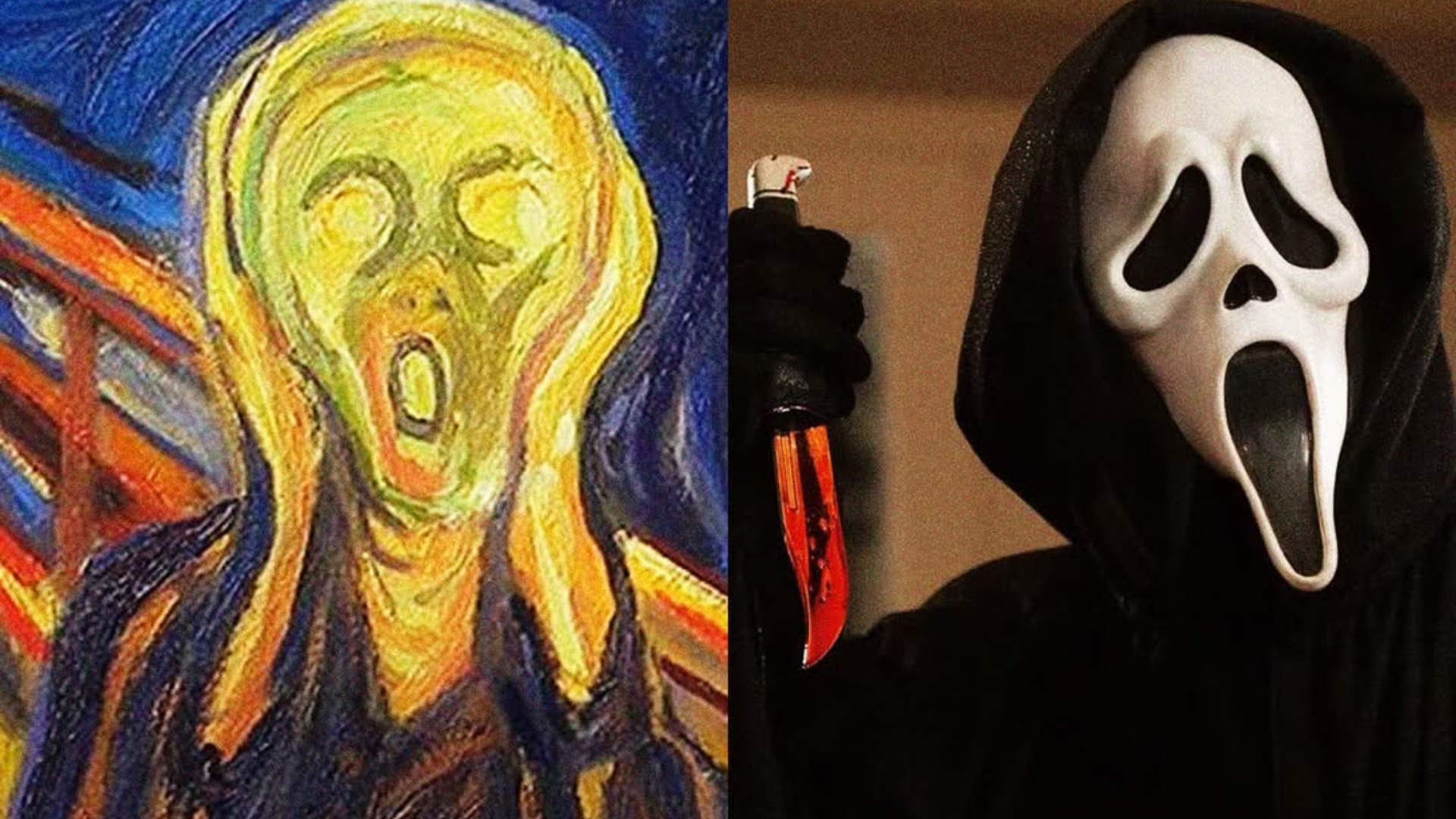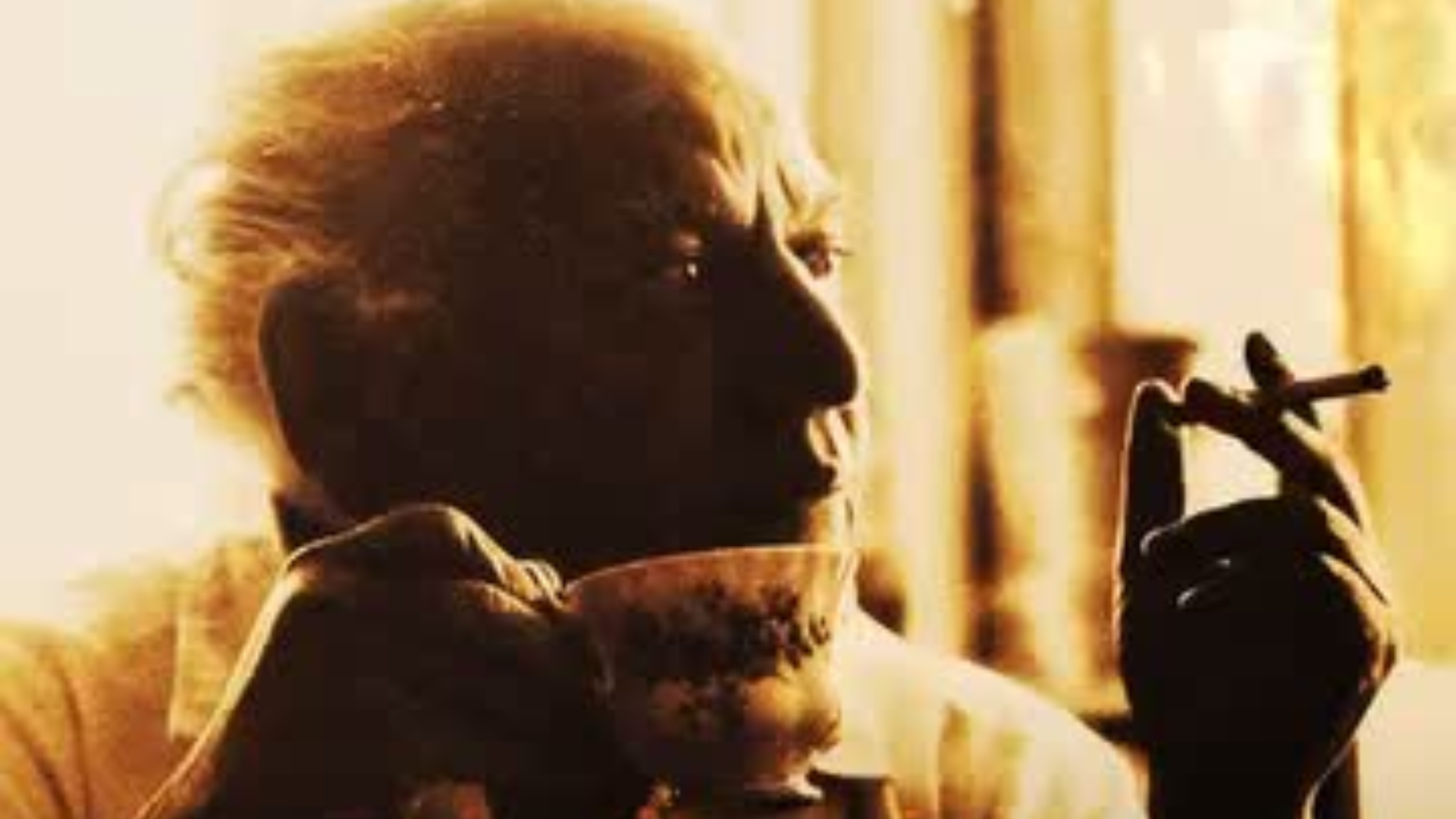Hi-Fi Speakers 101

Speakers can blow your socks off only when configured properly. So it helps to know the science that goes behind designing them.
Frequency Response: Or the measure that tells you how accurately your
speakers reproduce different frequencies between 10 – 20,000 hertz. It’s also closely related to the sound coming out of your speakers.
Distortion (%THD): The single most important quality measurement of your hi-fi system, distortion is the difference between output and input signals. In a perfect world, the difference would be 0%.
Crossover Frequency: Divides an audio signal into two or more parts by
frequency. Low frequencies are sent to one output, and the higher ones to
another.
Non-resonant Casing: Usually made up of a dampening material. Absorbs
unwanted sounds and cancels all vibrations.
Tweeter: Usually made of rigid material, it’s a kind of speaker designed to
reproduce the high or treble range of every sound you hear.
Sqawker: Handles the most significant part of the of the audible sound spectrum – the region where the sounds emitted by musical instruments and human voice lie.
Woofer: The individual speaker unit (driver) designed to handle midrange and
low frequencies. To accentuate bass power, some speaker enclosures contain multiple woofer drivers.
Constructive Interference: A phenomenon wherein two signals added together act in sympathy with each other to boost the signal level. For eg., when bass frequencies bounce from a nearby wall, and interfere with bass still coming directly from the subwoofer, the output at that frequency effectively increases. In the case of destructive interference, the output decreases.
Colouration Link: A phenomenon that you don’t want to experience. Significant colouration of sound can make instruments and voices sound unrealistic. Caused by harmonic distortion, vibrations of component parts, or, through an uneven frequency response.
So now that you know a little more about hi-fi speakers, we invite you to swing by our store for a demo.





